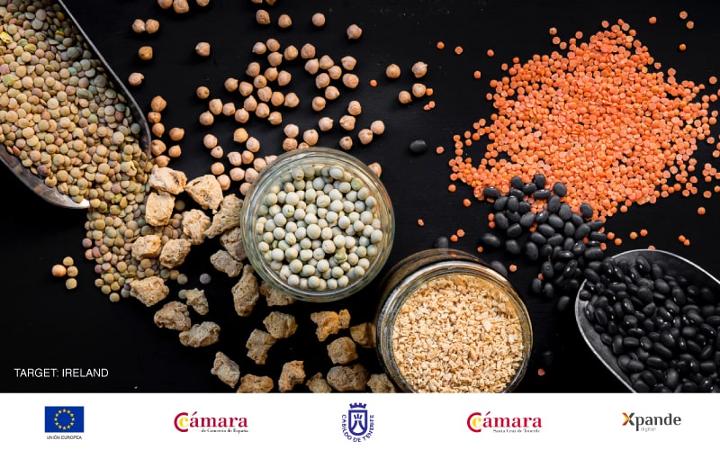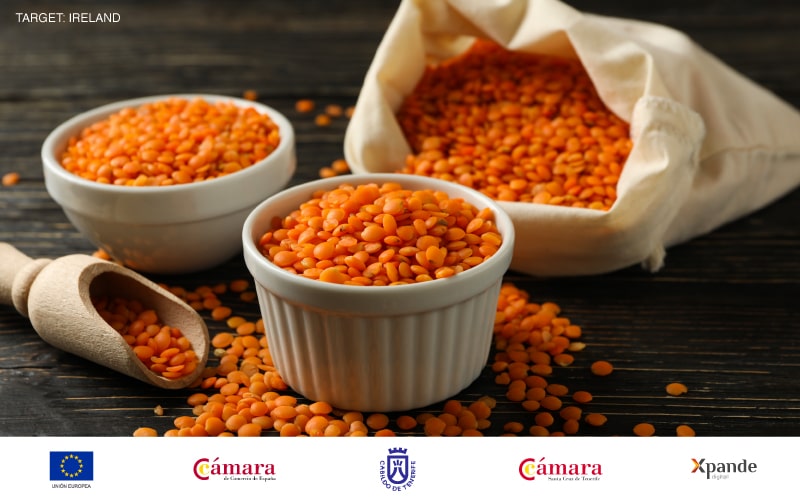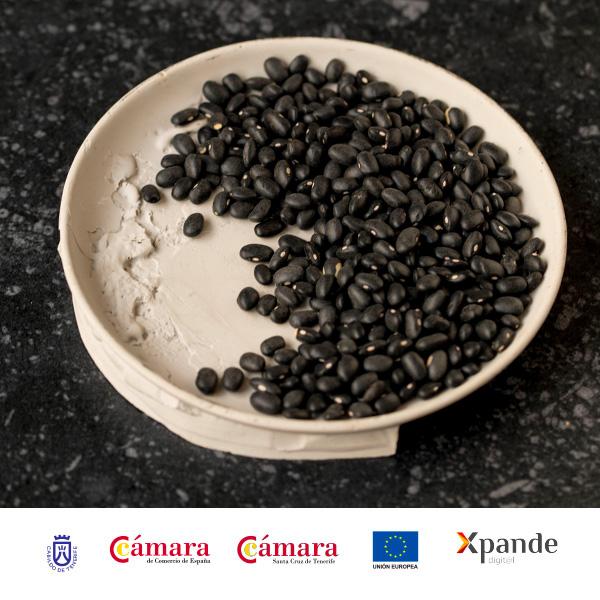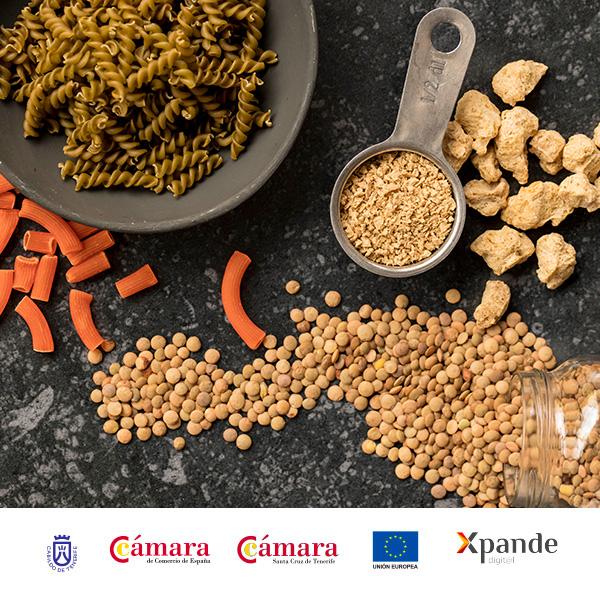Did you know that legumes are the key to a balanced diet? This group of foods has become a true treasure for our health due to their high fiber and protein content, as well as their diversity in colors, sizes, and shapes. Throughout history, legumes have been an essential part of many cultures and diets.

Despite this, and despite experts recommending a weekly consumption of at least 3 servings of legumes, the reality is that most people do not reach that minimum (perhaps due to laziness, not knowing how to cook them, or because they are believed to cause "heavy" digestion). In addition, for convenience, people tend to buy canned legumes - which, although sometimes a great option, may contain additives and added salt, and they all come in packaging (and you know how much we dislike unnecessary packaging), not to mention the price, which sometimes triples or quadruples compared to dried legumes. To give you no excuses when it comes to including them in your diet, we have prepared this article where we give you the keys to cooking them and getting the most out of them.

BEFORE COOKING
1. Soak more legumes than you need to cook and freeze the leftovers. So in the future you can use them immediately.
2. If you have forgotten to soak them or just go short of time, you can try the "fast method" in a pot, put the legumes, cover them with plenty of water and bring to a boil. Boil for 2 minutes, remove from heat and leave to soak for 2 - 4 hours.
3. If legumes give you gas, changing the soaking water every 3 hours can help minimize them.
4. During the summer months or if it is very hot, it is better to soak the legumes inside the fridge, as these can ferment or germinate.

WHAT IF DON’T SOAK THE LEGUMES?
Soaking legumes in water for 8-12 hours not only helps reduce cooking time but also facilitates digestion and nutrient absorption. However, if you're feeling extremely lazy and it's your excuse for not eating them, we're sorry to tell you that technically it's not mandatory. You can cook them as they are, but the cooking time will be longer, and they might feel heavier on your stomach. However, some types of legumes don't even require soaking: Castilian lentils, red lentils, split peas, or adzuki beans, for example, have less outer skin and can be cooked directly if soaking time is an obstacle for you..
DURING COOKING
5. Renew the cooking water for your legumes (discard the soaking water, which you can use to water your plants :) ).
6. Add seaweed (such as kombu or wakame), bay leaves o cumin to the cooking water. The seaweed won't change the taste of the food, in fact, it will enhance it, while the latter will contribute its characteristic flavor and an "exotic" touch to your dishes.
7. Remove the foam that comes out of the boil: it is not that you will die if you consume it (it is not toxic although many people believe it, it is simply the excess of starch and denatured proteins), but it will help you digest, precisely because you are removing sugars that would then ferment in your gut, causing the "dreaded" gasses.
8. Use a pot-express: not only do you reduce cooking time by half, but it also means significant energy savings.
9. Although there are some who disagree on this point, many experts recommend adding the salt or seasoning preference (soy sauce, tamari, etc.) in the last 10 minutes of cooking. Although there is no scientific proof, the general idea is that salt tends to "dehydrate" and therefore, if we add it from the beginning, it will dry the legumes and take longer to cook.
AFTER COOKING
10. Prepare your own preserves: it's a very practical way to have legumes always ready for use. To do this, cook the legumes, adding your preferred seasonings (bay leaves, salt, garlic, cumin, etc.) or not. When they are still hot, fill your sterilized jars and cover them with the cooking liquid, leaving at least one finger's space. Seal the jars tightly and immediately turn them upside down. Let them cool and store in the refrigerator for 2 to 3 weeks or freeze them for 6 months. If you want them to last longer, you should heat them in a water bath for at least 30 minutes or use a pressure cooker Here you can see step by step how to do it..
11. If you have simply cooked legumes, especially chickpeas, and have not made a stew as such, save the cooking water or aquafaba. It not only serves to enrich other stews but, reducing it to a "viscous" consistency, can be used as an egg substitute in many vegan recipes (even to make meringue).










